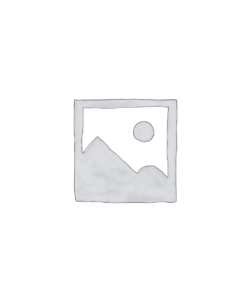Netter Interactive Atlas Of Human Anatomy
10 $
Atlas Overview The Interactive Atlas of Human Anatomy Version 3.0 provides users with versatile tools for studying, teaching, and learning about anatomical structures. The Atlas tool set includes the following features: – The artwork of Frank H. Netter, MD and Carlos A. G. Machado, MD allows instructors, students, and practitioners to see in great detail the intricacies of anatomical structures. Plates can be displayed with or without identifying labels and leader lines. You can page through the plates individually or search for a plate by its region, system(s), or associated terms. Plates can also be printed with or without labels. – Use the Spoken Labels feature to hear the correct pronunciation of any anatomical label in the Atlas. – The Study Guide feature allows instructors to direct student learning toward certain subject matter. An instructor can select plates and the specific anatomical labels upon which the student should focus, or students can create their own study guides. The instructor or student can save the study guide for later retrieval or editing. – The Test feature allows students and instructors various options for creating practice tests or custom exams. – Practice Tests allow students to quickly test their knowledge of a region, a system, a sub-region, or a particular plate by selecting the anatomical structure named in the “question.” The user can designate the number of items to be included in the practice test and then use the Random Selection feature to direct the program to choose the items for that test. – For those preparing for a test over certain material, the Pretest feature allows users to drill themselves by navigating to plates that include the test items, and then rolling over the test items to see the correct answer labels displayed. – The Test feature allows the student or instructor to select the preferred test mode: Locate Structures, in which the student is given the name of an anatomical feature and then identifies it, or Name Structures, in which the student is asked to name specified features. As you work through the Interactive Atlas of Human Anatomy, click the Help button if you want more information on any of these or other features. You need a monitor capable of supporting thousands of colors (16-bit color depth) at a resolution of 1024×768 to run the Interactive Atlas of Human Anatomy.












